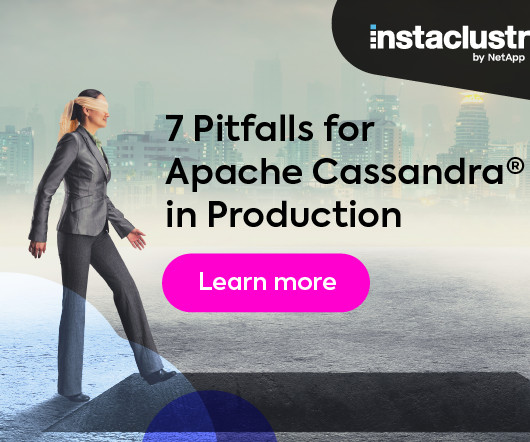Reality mining, pervasive data capture, and how Big Data can create value
Trends in the Living Networks
AUGUST 3, 2011
On Tuesday I gave the opening keynote on The Future of Information Infrastructure at the Implementing Information Infrastructure Symposium. CIO magazine did a nice article titled IIIS: Big Data driving new trends which reviews my keynote and the one immediately after from Steve Duplessie , one of the world’s top analysts on data and storage. It says: Speaking at the event, co-hosted by Storage Networking Industry Association A/NZ and Computerworld Australia, strategy advisor, author and fu




















Let's personalize your content